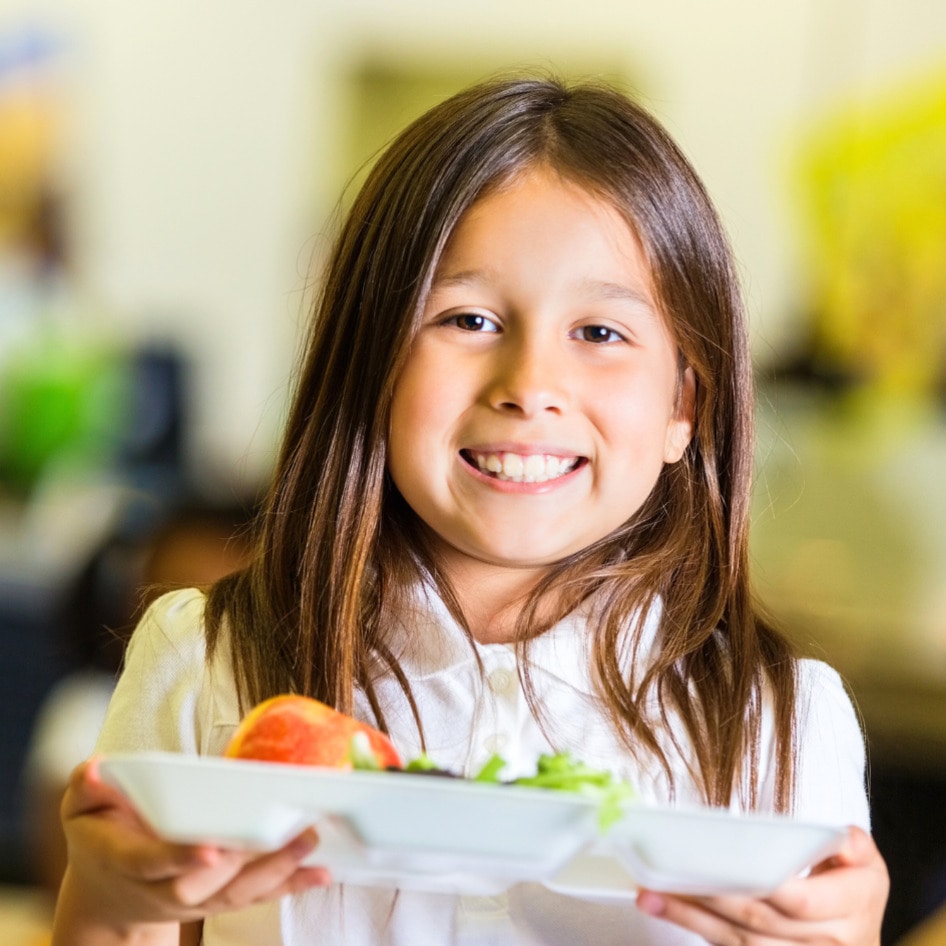Maybe it’s their starring role in greasy French fries or buttery mash that has given potatoes a bad rep as a not-so-nutritious vegetable. But lately, researchers have looked a little more closely at the benefits of the humble spud. And guess what? It’s the butter and milk in those mashed potatoes—not the tubers themselves—that are responsible for increased diabetes risk.
In fact, more and more studies are pointing to the nutritional opportunities potatoes provide in building a satiating, nutritious plant-based diet. And, it turns out, the potato can do so much more.
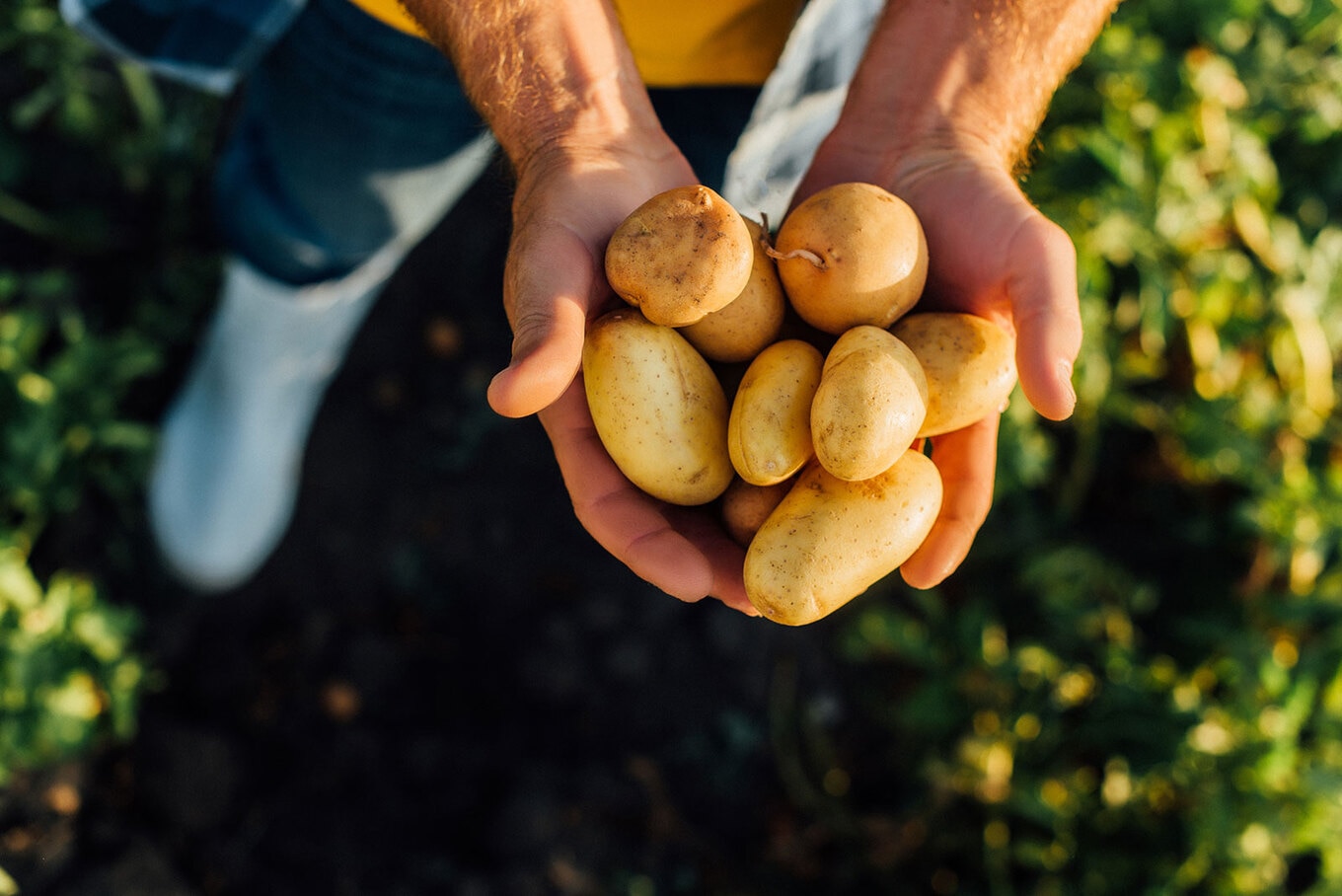 Adobe Stock
Adobe Stock
In the realm of child nutrition, a new study found that potatoes can assist in solving an age-old dilemma: how to get kids to eat more vegetables.
Published in the scientific journal Nutrients by the Alliance for Potato Research and Education, this research, led by Gene Ahlborn, PhD, from Brigham Young University, delves into the potential of potatoes to boost vegetable consumption among school-aged children.
“Getting kids to eat their vegetables is always a challenge,” Ahlborn said in a statement. “Potatoes not only add nutrients, like potassium, directly to the plate, but they may also help encourage kids to explore other veggies that they’re served alongside and thereby help them get closer to their overall nutrition needs.”
Potatoes: a gateway vegetable?
The Dietary Guidelines for Americans suggest a daily intake of two-and-a-half to three cups of vegetables for children between the ages of three and 18 years, yet the average consumption is alarmingly low at approximately one cup. Addressing this gap, Ahlborn’s study sought to understand the influence of school meals on children’s vegetable intake.
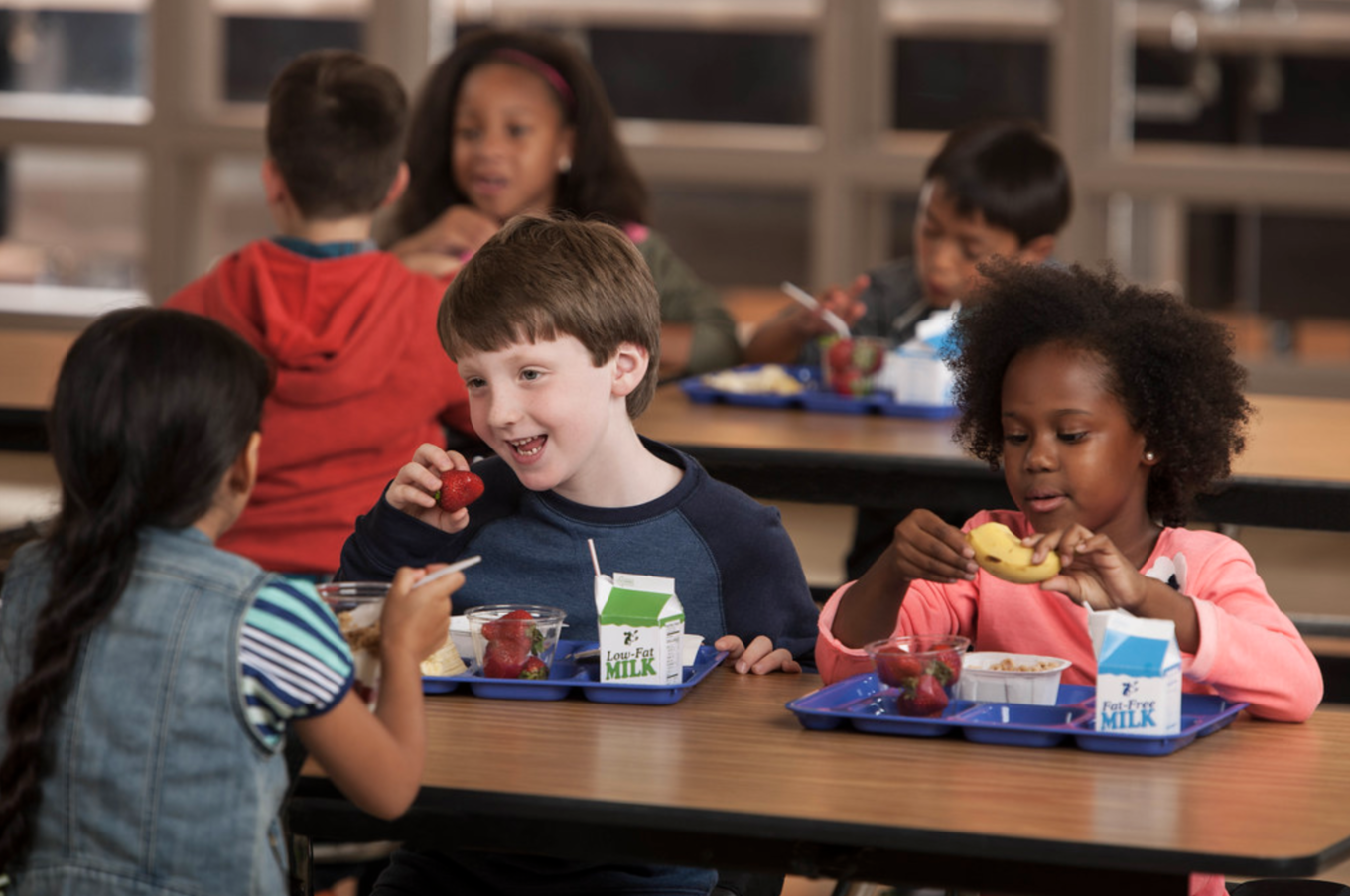 Flickr
Flickr
The study’s methodology was meticulously crafted to simulate a school cafeteria environment. Children were provided with a base meal of 2 percent milk, chicken nuggets, ketchup, and applesauce, along with an experimental component featuring mixed peas and carrots (MPACs) in various presentations.
The experimental meal component had five variations: MPACs and a whole-wheat bread roll served separately (a control condition); MPACs and potato-shaped faces served in separate bowls; MPACs and seasoned diced potatoes served in separate bowls; MPACs and seasoned diced potatoes served in the same bowl; and MPACs and potato-shaped faces served in the same bowl.
The results showed that children ate more total vegetables when peas and carrots were served with potato-shaped smiley faces, which illustrates how the presentation and familiarity of food can impact children’s eating habits.
“Presentation does matter when offering meals to children; if something looks unfamiliar or odd, children are less likely to try it,” Stephanie McBurnett, RDN, a nutrition educator for the Physicians Committee for Responsible Medicine, tells VegNews.
“The potato-shaped smiley faces, or tater tots, may offer some familiarity in taste with a friendly appearance,” she says, noting that according to the American Academy of Pediatrics, children might need to be exposed to new foods up to 15 times or more before they become receptive to trying them.
More potato benefits for kids
Potatoes, beloved at any age, are a versatile base capable of delivering a satisfying combination of starch and salt. But can they really be a good starter veggie for kids?
“Potatoes are starchy vegetables that contain healthy complex carbohydrates, protein, fiber, vitamins, minerals, and antioxidants,” McBurnett says. However, she cautions against certain cooking methods.
“The nutritional benefits will be diminished when potatoes are fried in oil, reducing the fiber, vitamins, and minerals while increasing fat and sodium content,” she says.
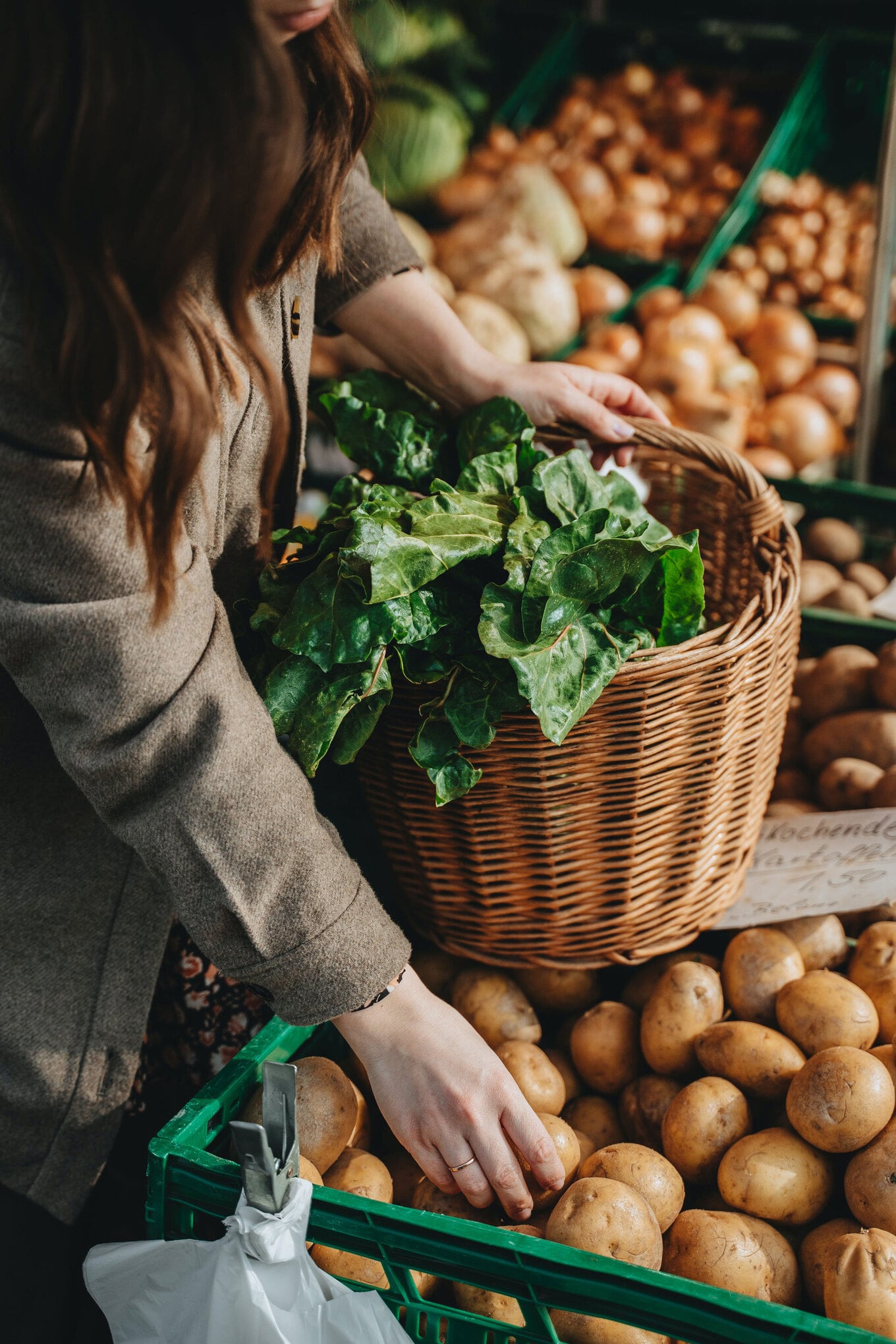
McBurnett also emphasizes the importance of a diverse plant-based diet. “Although potatoes are healthy and a vegetable, that does not mean they should replace other tremendously varied and nutritious vegetables such as cruciferous, dark green leafy, orange/red, and non-starchy vegetables.”
Some practical ways to include potatoes in school meals that encourage a balanced diet? “Whole potatoes, such as boiled, baked, and roasted, can be a healthy addition to school meals,” McBurnett says, recommending combinations such as mashed potatoes with roasted carrots, twice-baked potatoes with broccoli, and hearty potato soup with corn.
These pairings not only enhance the nutritional value of meals but also increase the appeal of other vegetables.
Serving vegetables at school
The long-term impact of the findings of this study could help shape menus at schools—which are increasingly looking to serve more sustainable, nutritious foods while keeping kids happy.
McBurnett believes that introducing potatoes in a child-friendly manner can lead to positive changes in children’s eating habits over time.
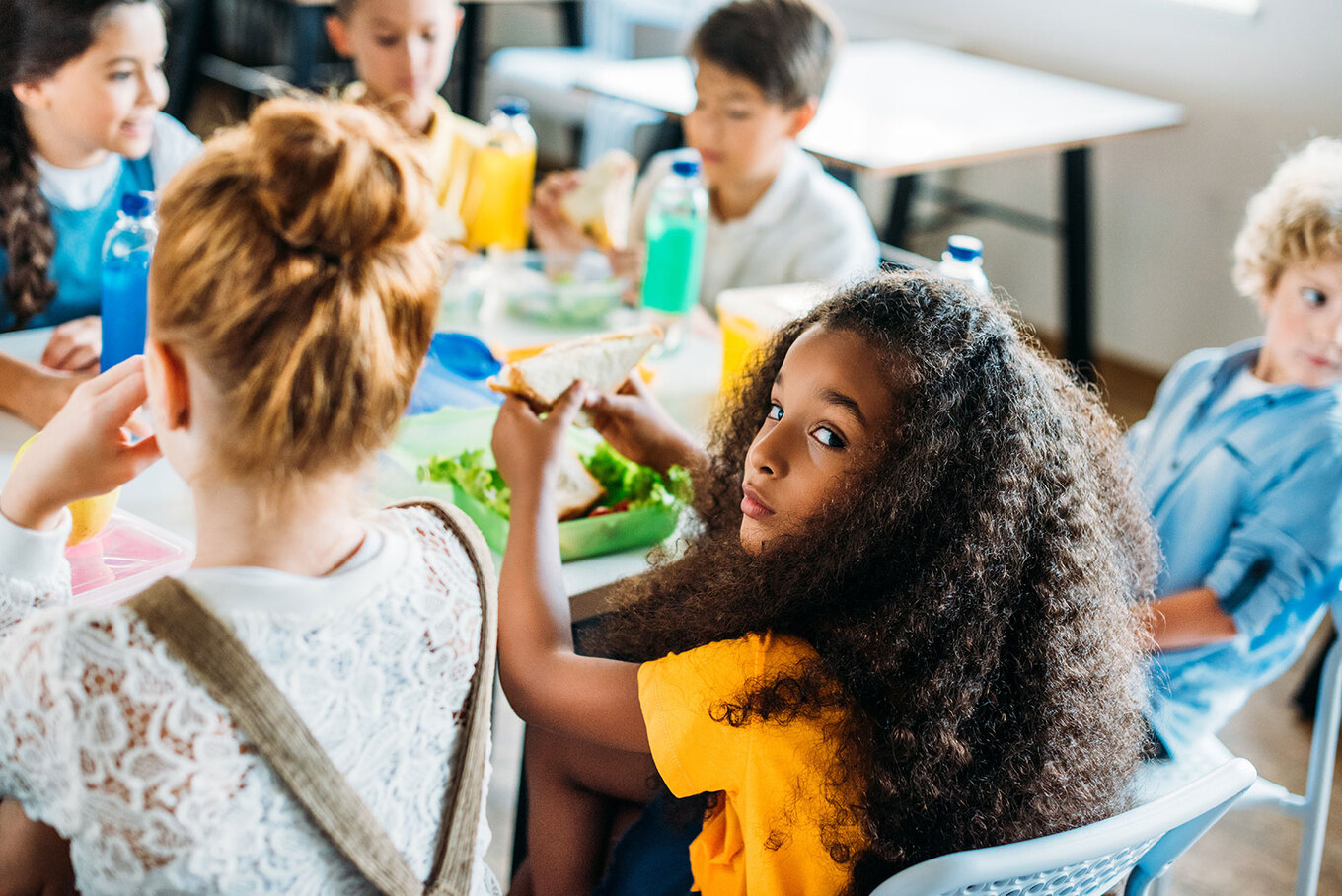 Adobe
Adobe
“One avenue to successfully introduce unfamiliar foods to children is to pair them with foods they already know and accept,” McBurnett explains. “As long as the potatoes do not overshadow or overpower the other vegetables, this is an appropriate method to introduce foods into children’s diets as they age.”
“Offering a few smiley tots on top of other vegetables can increase the consumption of accompanying vegetables,” she says.
However, the nutritionist warns against over-serving potatoes, which could lead to children filling up on them before reaching for other vegetables.
Schools face significant challenges in implementing these findings, primarily due to budget constraints and the need for meal acceptance among children.
While acknowledging the significant challenges, such as budget constraints, schools face, McBurnett sees an opportunity for them to implement strategies that can encourage children to try and enjoy new and healthy vegetables, thus enhancing the overall nutritional quality of school meals.
“Schools hold the critical responsibility of serving nutritious foods to kids even though these foods may not be the norm in their home lives,” McBurnett states.
For the latest vegan news, read:
JUMP TO ... Latest News | Recipes | Guides | Health | Subscribe






